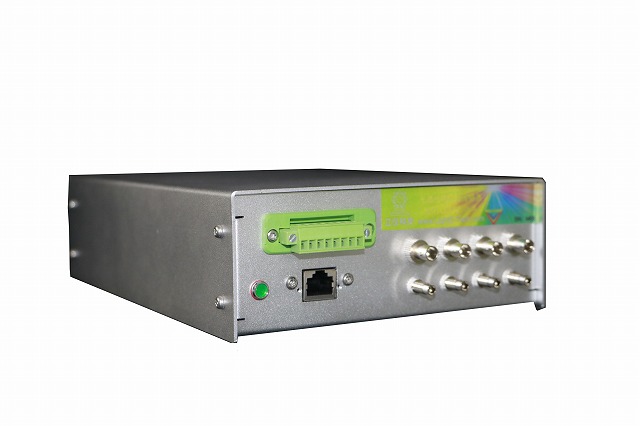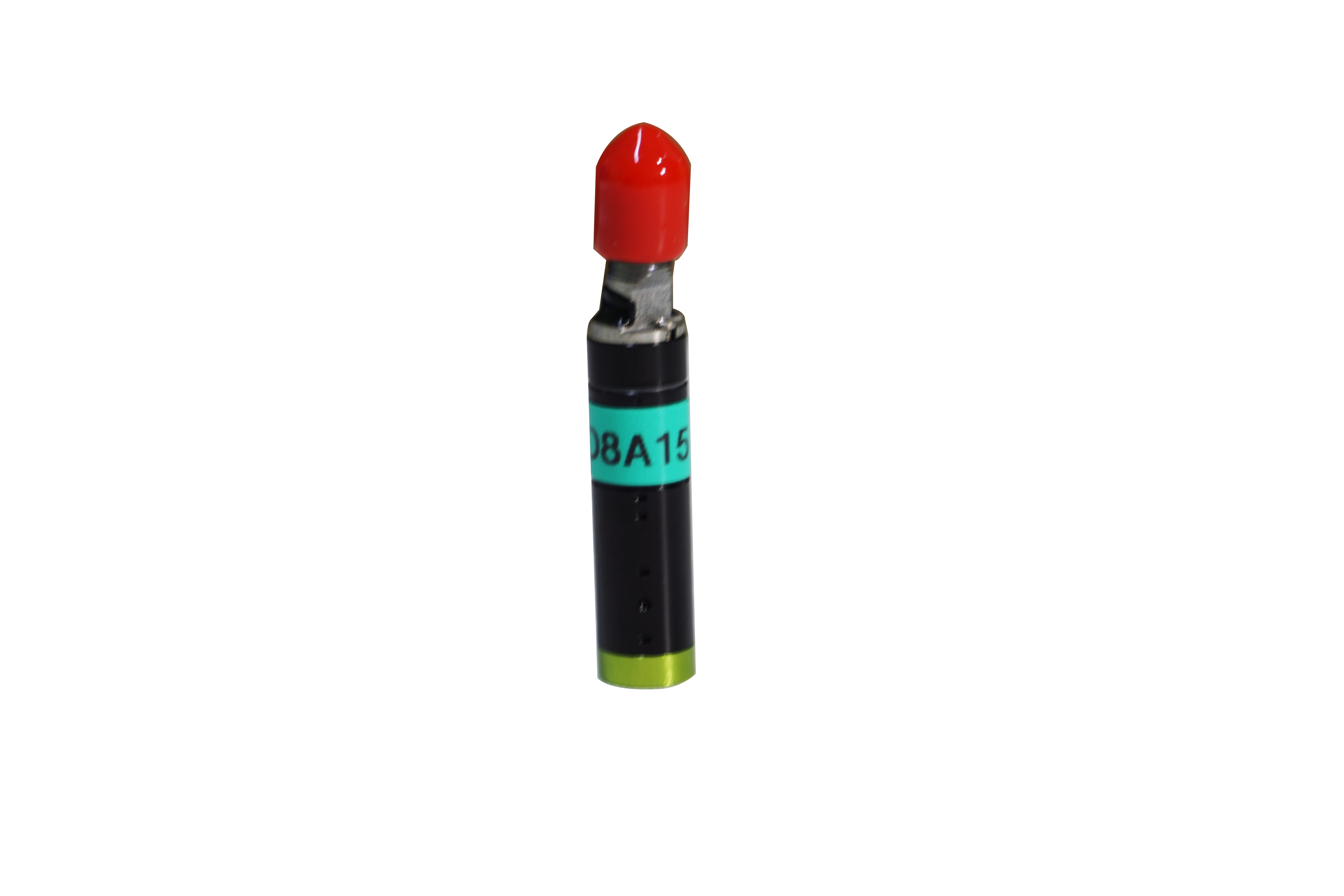2022-08-17
With the continuous development of society, the laser industry has been rapid development, laser in the field of detection is very widely used, the technical content is very rich, the impact on social production and life is also very obvious. Measuring distance with lasers was one of the earliest applications of lasers. This is because the laser has many advantages such as strong directivity, high brightness, and good monochromaticity. Today, Shenzhen Liyi Technology shares the methods and advantages of laser sensor distance measurement:

Laser sensors come in a number of configurations, some of which detect presence and others measure distance. Proximity laser sensors (also known as laser photoelectric sensors) are generally used to detect the presence of parts, but this is not the focus of this discussion. The figurative and literal focus is the laser distance sensor, which, as the name suggests, measures distance.
Laser sensor technology is a high speed and high precision detection application. Advanced laser sensors include robust individual housing, accurate laser emitters, linear images and user-configurable output characteristics. The laser sensor does not require an external controller for adjustment. The operator can simply place the laser sensor in all locations, including the out-of-reach range of the device and harsh environments, and make various necessary adjustments and configurations according to other application software.
First, laser sensor ranging method
One of the main components of a laser sensor is a linear imager, which consists of hundreds or thousands of pixels arranged in a row, advanced laser sensors work according to the principle of optical triangulation, combined with a linear imager. The linear image is used to accurately measure the position of the measured object in front of the sensor, resulting in accurate and stable measurement. The laser emitter can see the laser light being fired through the lens towards the object being measured. The laser is simultaneously reflected from the surface of the object being measured, and the receiver lens on the sensor focuses the reflected light to produce electricity on the linear imager.
The distance between the measured object and the sensor determines the Angle at which the light passes through the receiving lens, and this Angle determines where the received light hits the linear imager. If the distance of the measurement object is close to the maximum specified range, the light falls to the image end closest to the laser emitter or the position of the measurement object is close to the minimum specified range, the light falls to the image end closest to the laser emitter. The light position of the linear imager calibrates all effective target distances in operation. The received light is processed through analog and digital electronics and analyzed by a digital signal processor.
Second, the advantages of laser sensor technology
Compared to traditional mechanical measurement equipment, laser sensor technology offers non-contact measurement, small measurement areas, high-speed data domains, high-speed data collection, solid design and flexible operation. At the same time, laser sensors are mostly used for quality control, error prevention and positioning.
The sensor is reliable and accurate and contains no moving parts. Compared with the standard triangulation method, our technique has the advantages of collinearity and low electronic noise dependence in the measurement system. Non-contact distance sensors are used for autofocus of laser marking, welding, drilling and cutting systems.



